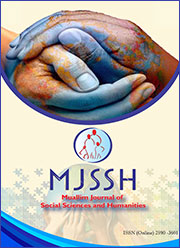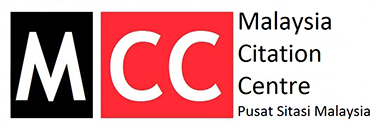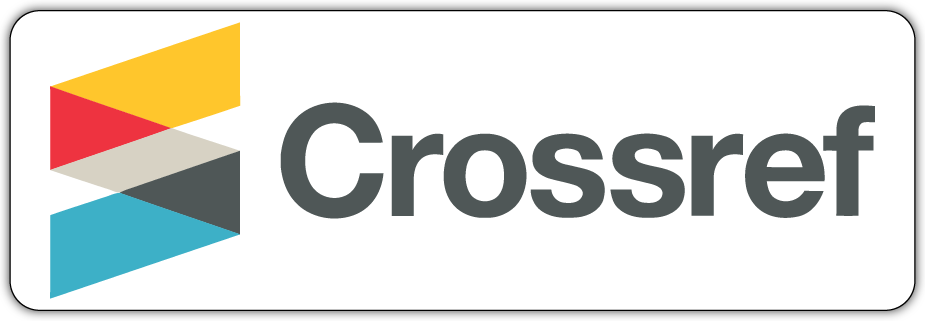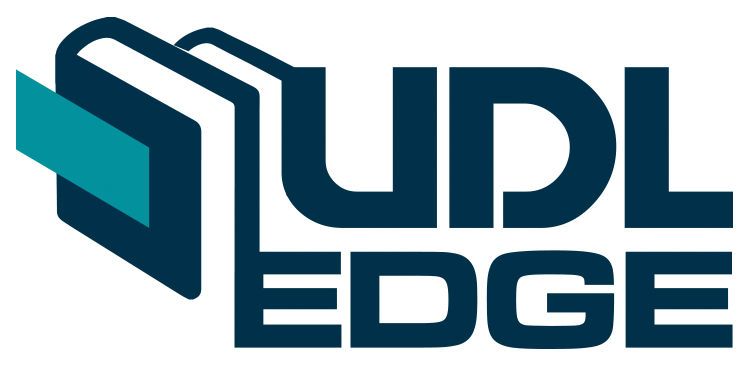Teachers’ perception about factors influencing ICT integration in teaching and learning and students’ interest in lesson
Abstract
Technology is known as part of tools in society and technology in education is the foundation for countries to improve students’ academic interests at K-12 schools. The research is to explore the teachers’ perception about factors Influencing ICT Integration in teaching and learning and students’ interest in lesson. The purpose of this study is to overview on the secondary school teacher’s perceptions on the practices of ICT usage in teaching and learning and the level of students’ interest in lesson. Better curriculum will be developed based on the teaching and learning using ICT. These researches were conducted in Selangor by using quantitative research method which is distributing questionnaire. The total respondent of teachers of this study is 150 teachers, who are teaching in secondary schools in the Klang district. Survey questionnaire was used as a main tool for data collecting. The results of the analysis show that there is a significant relationship between teachers’ ICT integration in teaching and learning and students’ ICT integration in learning, with the significant level of 0.01.
Downloads
References
Aslan, A., & Zhu, C. (2017). Starting Teachers’ Integration of ICT into Their Teaching Practices in the Lower Secondary Schools in Turkey. Educational Sciences: Theory & Practice, 18(1), 23-45.
Arumugam Raman, A. H. (2013). English Language Teaching. Issues of ICT Usage among Malaysian Secondary School English Teachers, Vol 6, No 9 (74-82).
Bransford, J., Brown, A. L., & Cocking, R. R. (2000). How people learn: Brain, mind experience and school (2nd ed.). Washington, DC: National Academy Press.
Becker, H.J. Findings from the Teaching, Learning, and Computing Survey: Is Larry Cuban Right? Electronic-Only Journal; EPAA/AAPE: Irvine, CA, US, 2000; Volume 8, 36p, Available online: http://epaa.asu.edu/epaa (accessed on 11 April 2019).
Bilbao-Osorio, B. & Pedró, F. (2009). A conceptual framework for benchmarking the use and assessing the impact of digital learning resources in school education. In F. Scheuermann & F.
Coleman, L. O., Gibson, P., Cotten, S. R., Howell-Moroney, M., & Stringer, K. (2016). Integrating computing across the curriculum: The impact of internal barriers and training intensity on computer integration in the elementary school classroom. Journal of Educational Computing Research, 54(2), 275- 294. doi: 10.1177/0735633115616645.
Cuban, L., Kirkpatrick, H., & Peck, C. (2001). High access and low use of technologies in high school classrooms: Explaining an apparent paradox. American Educational Research Journal, 38, 813–834.
Gbenga, A. (2006). Information and communication technology and web mining techniques. Paper presented at Education Trust Fund Capacity Building Workshop for Knowledge- driven Growth for Nigerian Universities North-central zone held at University of Ilorin.
Ghavifekr, S., Abd Razak, A.Z., Ghani, M.F.A., Ran, N.Y., Meixi, Y. & Tengyue, Z. (2014). ICT Integration In Education: Incorporation for Teaching & Learning Improvement. Malaysian Online Journal of Educational Technology (MOJET),2 (2), 24-46.
Grabe, M., & Grabe, C. (2007). Integrating technology for meaningful learning (5th ed.). Boston, MA: Houghton Mifflin.
Grimus, M. (2000). ICT and multimedia in the primary school. Paper presented at the 16th conference on educational uses of information and communication technologies, Beijing, China.
Hidayati, T. 2016. Integrating ICT in English language teaching and learning in Indonesia. JEELS, 3(1), 38-62.
Inan, F. A., & Lowther, D. L. (2010). Factors affecting technology integration in K-12 classrooms: a path model. Educational Technology Research and Development, 58(2), 137-154.
Jones, P., & Robillard, L. (2003). The World Federation of Hemophilia: 40 years of improving haemophilia care worldwide. Haemophilia, 9(6), 663-669.
Kala, S. S. (2013). Education in Fiji, issues and challenges faced by tertiary education sector: an empirical survey ICT tertiary education sector: an empirical survey. Education Journal, Vol. 2, No. 3, 2013, pp. 91-97.
Keengwe, S., Onchwari, G., & Wachira, P. (2008). The use of computer tools to support meaningful learning. AACE Journal, 16(1), 77-92.
Macho, S. (2005). Differences among Standardized Test Scores Due to Factors of Internet Access at Home and Family Affluence. West Virginia University: United States.
Noor-Ul-Amin, S. (2000). An Effective use of ICT for Education and Learning by Drawing on Worldwide Knowledge, Research, and Experience. ICT as a Change Agent for Education, 1-13.
Pollak, C. J. (2009). Teacher empowerment and collaboration enhances student engagement in data-driven environments (Doctoral dissertation, Dominican University of California San Rafael, CA).
Price, A. K. (2006). Adaptation for a Changing Environment: Developing learning and teaching with information and communication technologies. The international review of research in open and distance learning, vo7, no2.
Rosemary Deaney, K. R. (2003). Pupil Perspectives on the Contribution of. Information and Communication Technology to Teaching and Learning in the Secondary School, 141-165.
Salomon, G., & Ben-Zvi, D. (2006). The difficult marriage between education and technology: Is the marriage doomed. Instructional psychology: Past, present and future trends: Essays in honor of Erik De Corte, 209-222.
Yusuf, M. O. (2005). Information and communication technology and education. Analysing the Nigerian national policy for information technology, 316-321.

This work is licensed under a Creative Commons Attribution-NonCommercial 4.0 International License.











 This work is licensed under a
This work is licensed under a